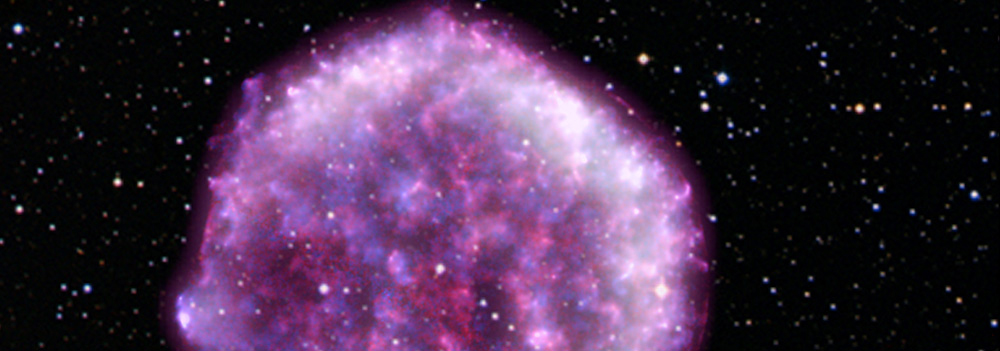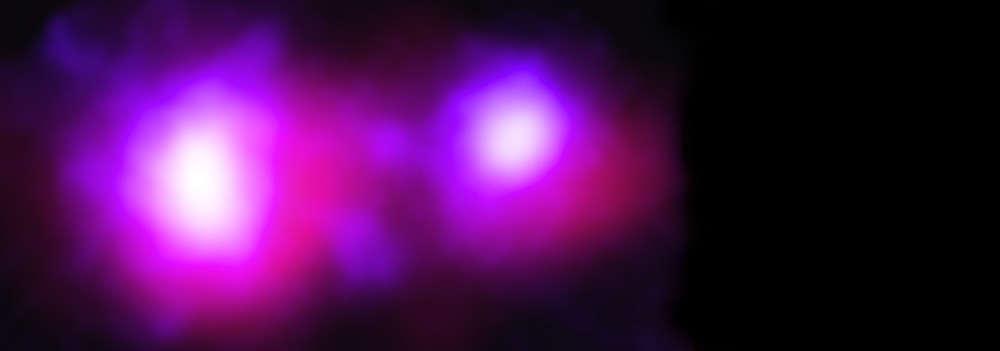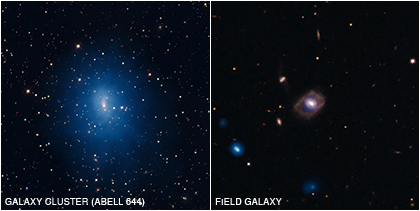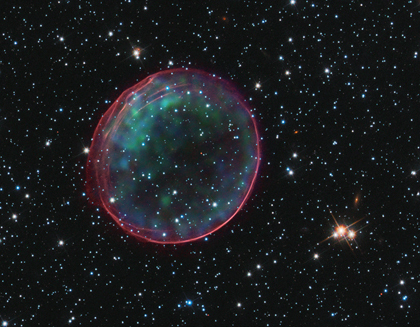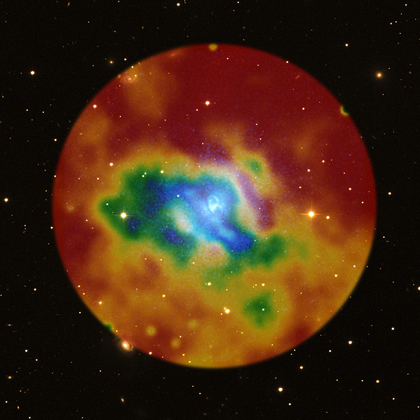A Surprisingly Close Look at the Early Cosmos
Submitted by chandra on Mon, 2011-01-10 09:31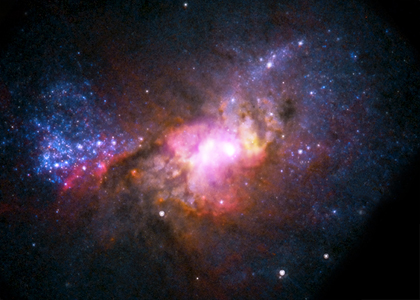
The combined observations from multiple telescopes of Henize 2-10, a dwarf starburst galaxy located about 30 million light years from Earth, has provided astronomers with a detailed new look at how galaxy and black hole formation may have occured in the early Universe. This image shows optical data from the Hubble Space Telescope in red, green and blue, X-ray data from NASA's Chandra X-ray Observatory in purple, and radio data from the National Radio Astronomy Observatory's Very Large Array in yellow. A compact X-ray source at the center of the galaxy coincides with a radio source, giving evidence for an actively growing supermassive black hole with a mass of about one million times that of the Sun.
http://www.chandra.harvard.edu/photo/2011/he210/
-Megan Watzke


